Now Reading: Te Puke’s Proposed Community Food Forest? A Recipe for Resilience and Community Growth
-
01
Te Puke’s Proposed Community Food Forest? A Recipe for Resilience and Community Growth
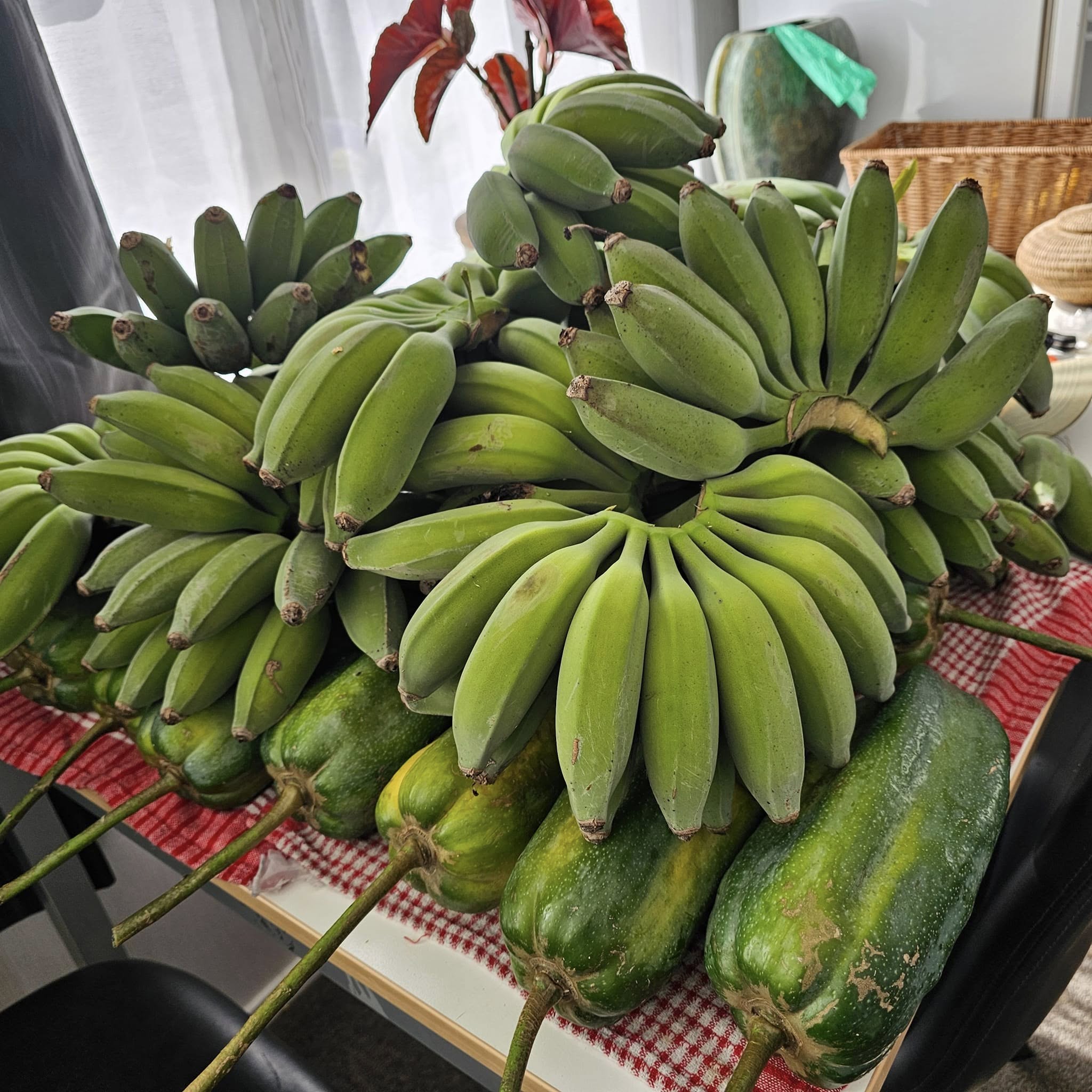
Te Puke’s Proposed Community Food Forest? A Recipe for Resilience and Community Growth
Te Puke is on the cusp of an exciting new chapter, one that blends community, education, and sustainability into a vibrant, living landscape. A new proposal has been submitted to the Te Puke Community Board and the Western Bay of Plenty District Council to establish a Kai Resilience-Based Community Food Forest. This isn’t just a garden; it’s a dynamic ecosystem designed to feed the community, empower future generations, and create a lasting legacy of environmental stewardship. Community Food Forest WBODC Proposal Submission.
What is a Community Food Forest?
A food forest is a self-sustaining system modeled on natural forests. Instead of planting crops in neat rows, it uses a multi-layered design—from canopy trees to ground cover—to grow a diverse range of edible plants. This approach is incredibly efficient, requiring minimal maintenance once established, and it provides a continuous harvest of fresh, nutritious food while also improving the environment. This proposed food forest will complement Te Puke’s existing community garden, acting as a natural extension that promotes food sovereignty and resilience for everyone.
This groundbreaking proposal was submitted by the Vector Group Charitable Trust under their Kai Resilience arm, Grow Te Puke. Their vision is backed by a powerful, living example: the Troppo Food Forest on Clydesburn Ave in Te Puke. This existing tropical urban food forest, a testament to the Trust’s expertise, showcases a thriving ecosystem with over 300 plant species.
Key Ingredients for a Thriving Community
The vision for the Te Puke food forest is built on several key objectives, all aimed at creating a stronger, more connected community:
- Growing Food Security: The forest will provide a sustainable source of fresh, healthy produce, with a portion of the harvest going directly to local food banks to help those in need.
- A Living Classroom: This project will be a hands-on learning hub, especially for students. Through a ‘Paddock to Plate’ program, local schools will be able to teach children where their food comes from, how to grow it, and how to cook it.
- Building Practical Skills: Workshops on techniques like grafting, air layering, and syntropic agroforestry will empower community members with valuable skills, fostering a culture of self-reliance and sustainable living.
- Fostering Community Spirit: This is a truly collaborative project. It will create numerous volunteer opportunities for people of all ages and backgrounds, building stronger bonds and a shared sense of ownership.
- Boosting Biodiversity: By increasing plant and animal diversity, the food forest will create a thriving habitat for wildlife and support Te Puke’s wider environmental goals, including wetland restoration.
- Local Eco-Tourism: The forest will become a unique attraction, offering guided tours and educational experiences that draw visitors and showcase Te Puke’s commitment to an eco-friendly future.
The Vision Becomes Reality
The project, spearheaded by Stephen Fawcett and the Vector Group Charitable Trust, will be implemented in three phases to ensure steady growth and community involvement. This is a community-led initiative where the groundwork has been laid, and now the next crucial step rests with the Western Bay of Plenty District Council. The Trust has already done the hard work of establishing a proven model. Now, we await the Council’s review and hopefully, approval for the designation of land, which is the final piece needed to bring this community-led food forest to life.
- Phase 1: Planning and Preparation: With site approval secured, the team will engage with schools and the community to co-design the space and begin initial plant propagation.
- Phase 2: Installation and Education: This phase will involve community planting days and the official launch of the ‘Paddock to Plate’ program for schools. It’s about getting hands dirty and learning together.
- Phase 3: Ongoing Maintenance and Expansion: The focus will shift to maintaining the self-sustaining system, expanding volunteer networks, and establishing partnerships with local food banks and businesses for distribution.
A Living Legacy for Future Generations
The proposed Te Puke Community Food Forest is a blueprint for a healthier, more connected, and resilient Te Puke. It’s a place where children can learn, adults can share skills, and the land can flourish. By supporting this initiative, the community board and council can help turn this vision into a reality, creating a landmark project that will nourish Te Puke for years to come. Community Food Forest WBODC Proposal Submission.



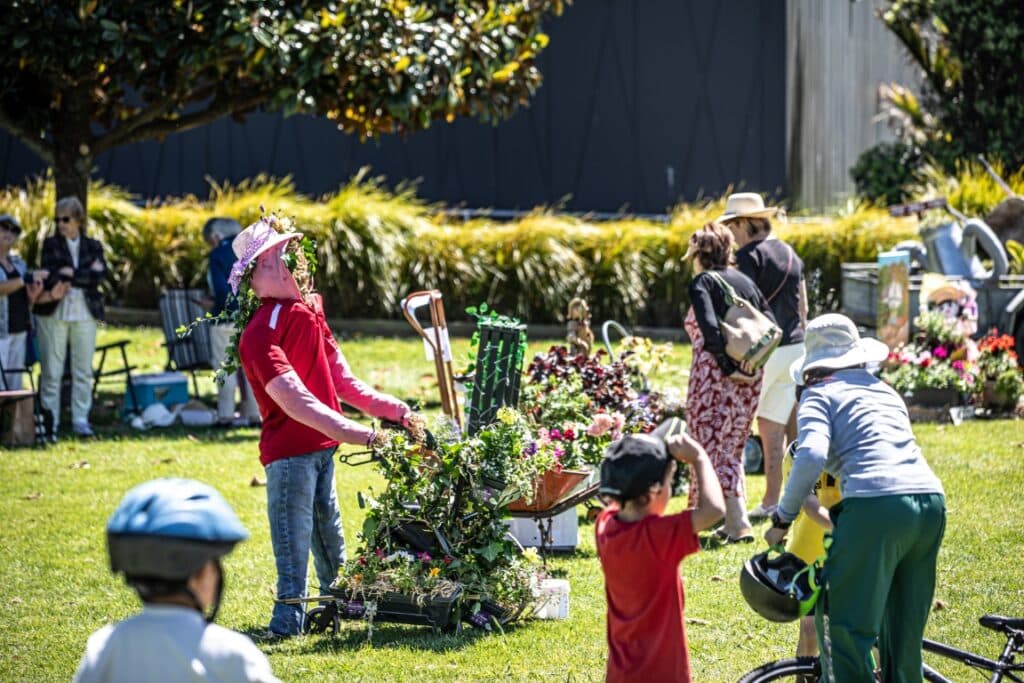
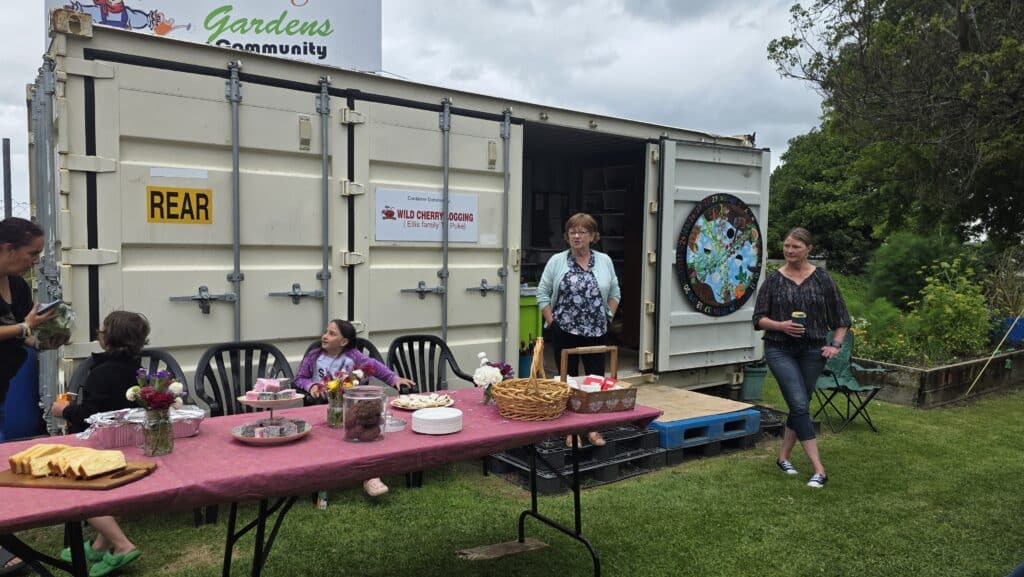
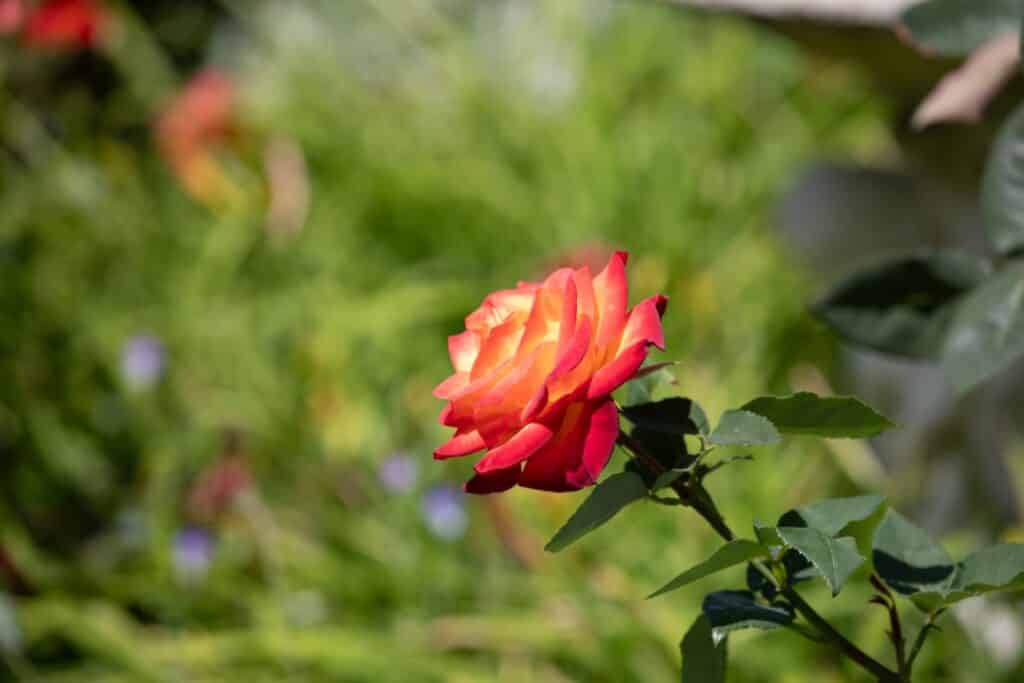
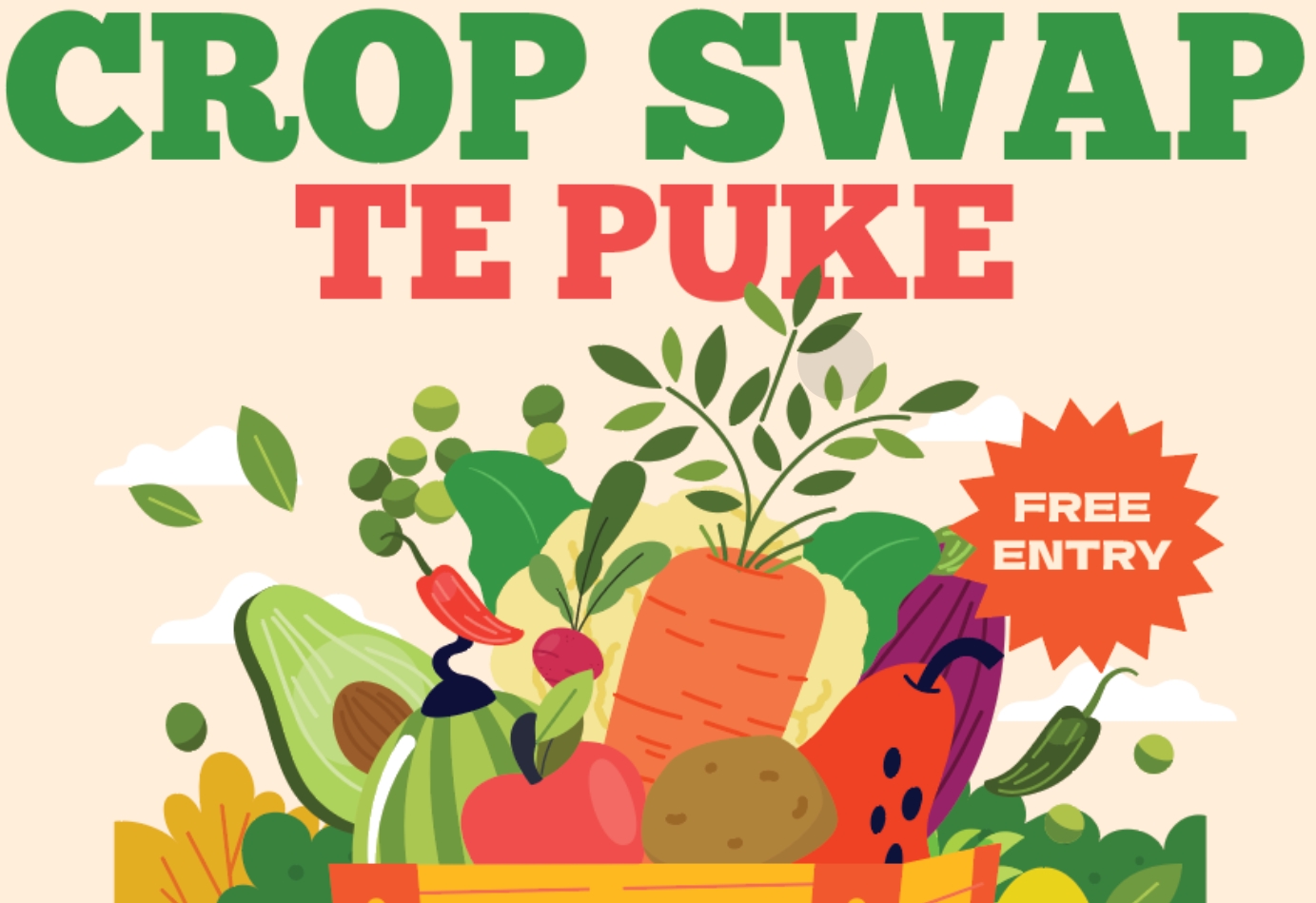
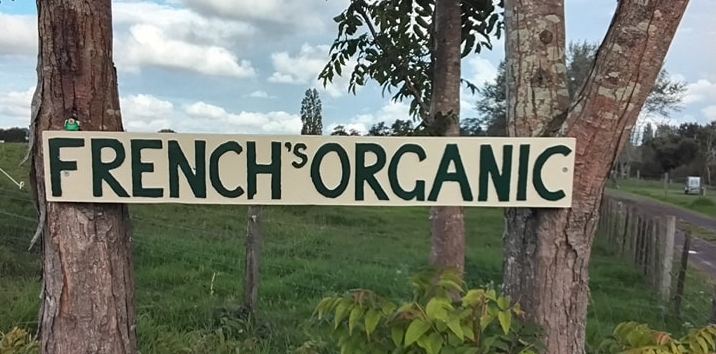
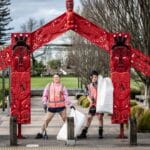
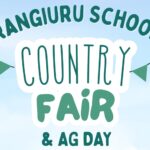

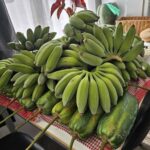

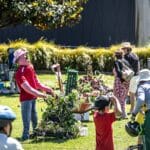
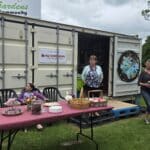
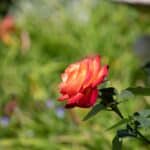







Pingback: Vector Group Charitable Trust Projects and Initiatives Overview – Vector Group Charitable Trust